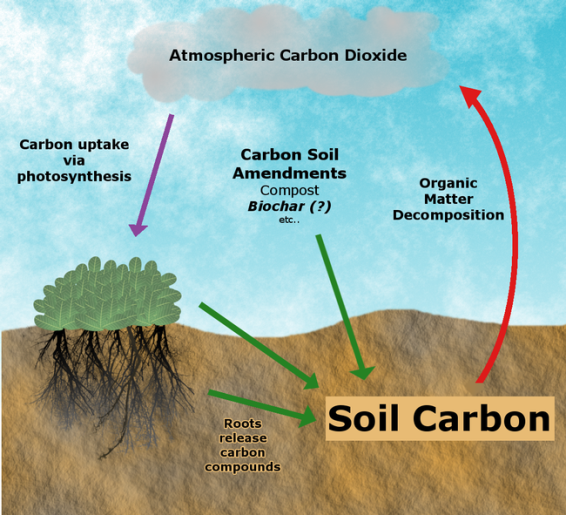Free Courses Sale ends Soon, Get It Now


Free Courses Sale ends Soon, Get It Now



Disclaimer: Copyright infringement not intended.
Context:
What are carbon sink?
Land Sinks
Land Sink as part of the mitigation strategy
Why Land sink matters?
© 2024 iasgyan. All right reserved